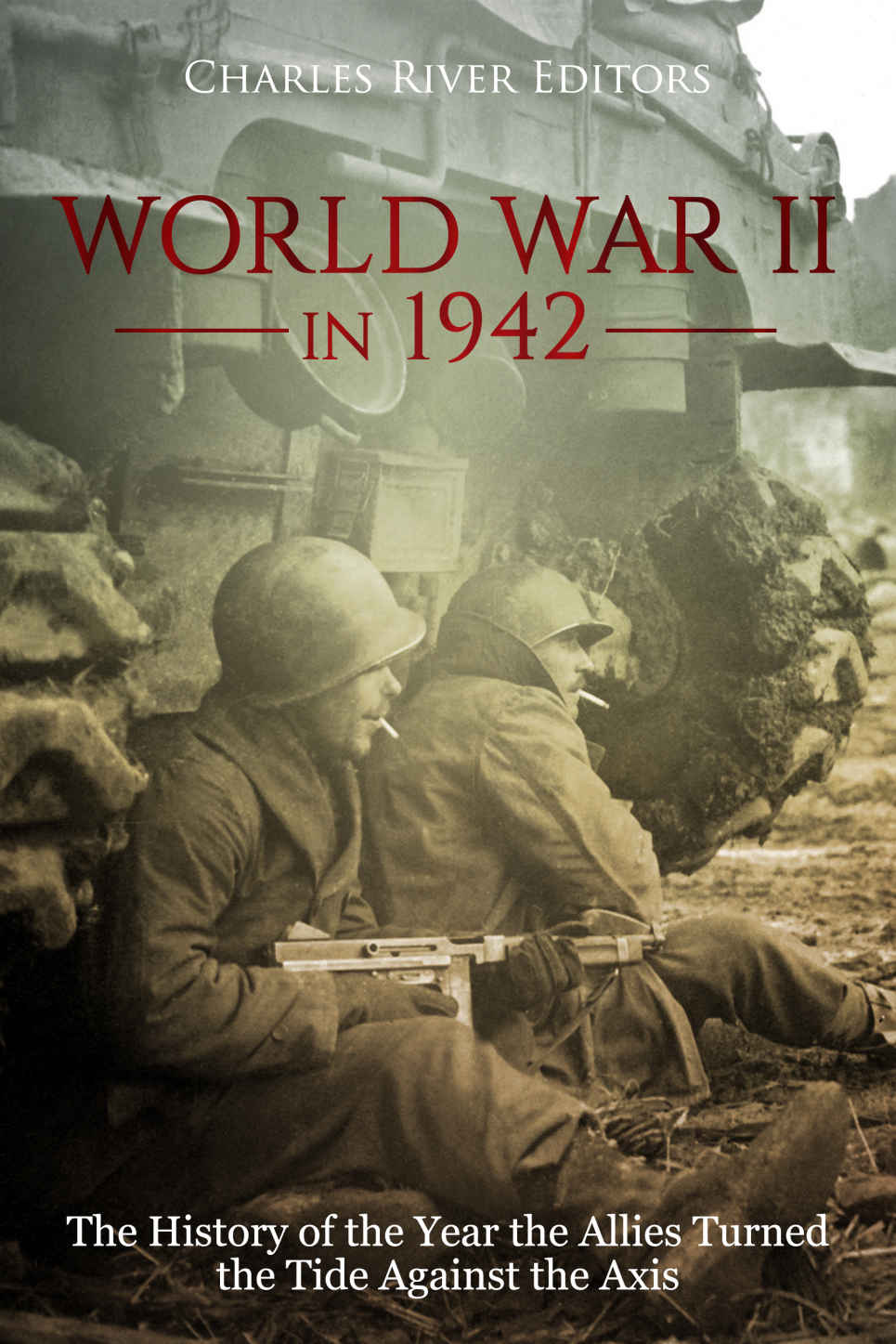Product desciption
World War Ii In 1942 The History Of The Year The Allies Turned The Tide Against The Axis Charles River Charles River Editors by Charles River Charles River Editors 9781984924940, 198492494X instant download after payment.
*Includes pictures *Includes accounts of the fighting *Includes a bibliography for further reading The United States began 1942 determined to avenge Pearl Harbor, but the Allies, now including the Soviet Union by necessity, did not agree on the war strategy. In 1941, both the Germans and British moved armies into North Africa, where Italy had already tried and failed to reach the Suez Canal. The British sought American help in North Africa, where British General Bernard Montgomery was fighting the legendary "Desert Fox," General Erwin Rommel. At the same time, Stalin was desperate for Allied action on the European continent that could free up the pressure on the besieged Soviets. President Roosevelt had a consequential decision to make, and he eventually decided to land American forces on North Africa to assist the British against Rommel, much to Stalin's chagrin. While the Americans and British could merely harass the Germans with air power and naval forces in the Atlantic, Stalin's Red Army had to take Hitler's best shots in Russia throughout 1942. But the Red Army's tenuous hold continued to cripple the Nazi war machine while buying the other Allies precious time. As it turned out, Roosevelt's decision to first fight in North Africa would make an Allied invasion of the European continent possible in 1943. As Rommel pushed east, he now had to worry about American forces to his west. The Allies eventually gained the upper hand across North Africa after the battle at El Alamein near the end of 1942 that all but forced the Germans to quit the theater without achieving their objectives. With the Axis forced out of North Africa, the Allies had freed up its North African forces for an invasion of Western Europe. Moreover, with North Africa as a potential staging around for that invasion, the Germans had to prepare for the possibility of the Allies invading not only from Britain but also from North Africa. The Allies would make that decision in early 1943. Despite fighting in North Africa and the Atlantic, the United States still had the resources and manpower to fight the Japanese in the Pacific. Though the Japanese had crippled the American fleet at Pearl Harbor, its distance from Japan made an invasion of Pearl Harbor impossible, and Japan had not severely damaged important infrastructure. Thus, the United States was able to quickly rebuild a fleet, still stationed at Pearl Harbor right in the heart of the Pacific. This forward location allowed the United States to immediately push deeply into the Pacific theater. In fact, the turning point in the Pacific theater took place in 1942 near Midway Island. The Japanese had moved a sizable fleet intending to occupy Midway Island and draw the American navy near. Instead, American aircraft flying from three aircraft carriers that had been away from Pearl Harbor in December 1941 got a bearing on the Japanese fleet and sunk four Japanese aircraft carriers, permanently crippling Japan's navy. The Battle of Midway was the first naval battle in history where the enemy fleets never saw or came into contact with each other. Thus, 1942 ended with the Allies turning the tide in the Pacific and North Africa, giving them momentum entering 1943. World War II in 1942: The History of the Year the Allies Turned the Tide Against the Axis chronicles the seminal events that helped the Allies establish momentum. Along with pictures of important people, places, and events, you will learn about World War II in 1942 like never before.


